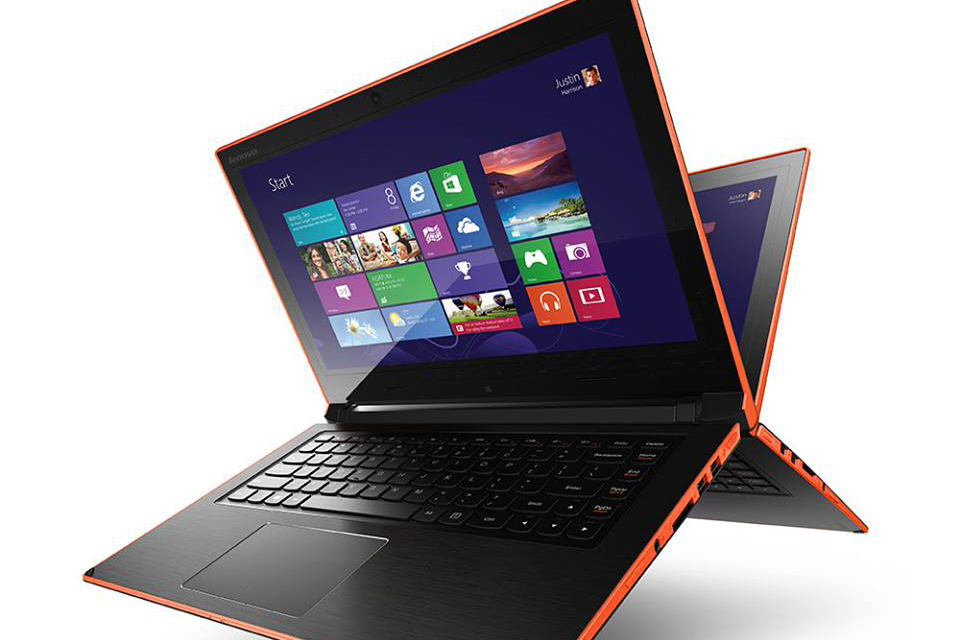From researching and writing a paper, to watching YouTube videos and designing layouts, to writing computing codes, managing calendars and emails and wasting time on Facebook, computers are students’ best friends. To those who can make it through college without one—kudos. For the rest of us, we face a multitude of choices when it comes to which computer to buy.
So what is best for a college student, a classic laptop or touchscreen tablet? Nearly every computer buyer of the last five years has pondered and subjectively argued this initial decision.
Each kind of computer has its own perks and downfalls, making the choice between the two a personal and idiosyncratic matter—there is no “one size fits all” out there.
Laptops have always been the go-to appliance for college students. They are portable, fast and do everything that an ordinary, non-wireless PC can do. In contrast to most tablets, laptops accept USB drives, CDs, DVDs and Ethernet cords; they are also invaluable for using accessories.
Additionally, the RAM and storage capacities of laptops dwarf those of many tablets. The full keyboard of a laptop makes it useful for typing papers or reports, while a tablet has a touch screen that could prove difficult on which to type (the keyboard attachments for tablets are sold separately and can be quite pricey).
Furthermore, all Microsoft Office, computer coding and graphic design applications can be easily downloaded and stored in laptops, making laptops practical for a wide variety of uses. While tablets do have the capacity to run such major applications, formatting errors and differences can occasionally occur.
The average laptop and tablet both have impressive battery lives and high-resolution screens. Graphics, at least, are equally well performing on both systems.
When it comes to portability and usefulness for specific class necessities, laptops tend to fall behind tablets. Though laptops are much slimmer and lighter than their counterparts of five years ago, they are still pretty hefty and cumbersome as students hurry between classes.
Tablets are thin and lightweight, making them as effortless to transport as a small notebook. When it comes to reading online or downloaded books, the excessive size of a laptop lacks practicality. The touch-screen capabilities of a tablet make reading, highlighting and hand-writing notes easier. Along those lines, taking notes in class on a laptop can be difficult, especially if typing fast is not your forte.
Free applications with note-taking software can be downloaded to tablets, so all you need to make digitally stored, handwritten notes is a stylus (or your finger, if you are one of those people who has that kind of dexterity).
When it comes to price, it depends on how nice a computer you want. Some laptops can be purchased for only a couple hundred dollars, as with tablets.
However, the tablets that are advertised to compete with laptops tend to be a little more expensive. And of course, Apple’s MacBook Pro and other high-end laptops are priciest.
Which is best? That depends on why you need the computer. Regardless, the machine you pick will be your best friend in college, so choose wisely.
